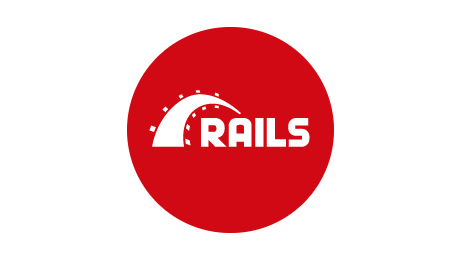I am a Ruby on Rails programmer and have been for about 20 years now. I've developed Rails apps from version 2 up through the current version 7. I'm O.G. enough that I remember being approached for help (along with the whole Rails community) by a new Rails startup called 'Twitter' I didn't think had much of a shot.
Rails has remained a solid solution for companies like mine that need reliable cutting edge tools to deliver ambitious solutions to their clients. Over the years since Rails started I've observed Rails programmers jump ship dazzled by a parade of new technology offshoots inspired by Rails. There would be repeated claims that these new shiny options had made Rails obsolete. Rails would come back, innovate and lead again and again. Many of these shiny offshoots would end in obscurity for developers and their clients.
I'm not immune to these periodic FOMO barbs. I've tried, driven by a fear of obsolescence, to migrate many times. Ultimately it is productivity and maintainability that guides a developer's platform choices. It is the developer that has to 'eat' any IT platform missteps. Rails has proven again and again over time that it posesses that rare balance of stability, productivity and community that makes it a reliable tool to get things done. The only technology that come close in our experience is React.js. We use React in the front-end and it work well with Rails. While React's containing frameworks evolve these alternatives cannot do what Rails can do 'yet' in the back end where it matters though NEXT.js (React) is well on its way.
Many companies, both big and small, have focused their IT infrastructure around Rails, and that has allowed them to propel to considerable heights. It is telling that Rails is the tool of choice for some very big enterprises.
- Airbnb
- Dribble
- Hulu
- Square
- Bloomberg
- GitHub
- Shopify (Ontario)
- WaveApps (Ontario)
If you are reading this blog post and are a physician in Ontario, you're in luck. Ontario can traditionally be regarded as a Rails hotspot.
The influence of Ruby on Rails stretches far beyond its platform. Rail's rediscovery of the model view controller MVC paradigm was picked up early on by Microsoft and is at the core of Microsoft's development ethos. It's unsurprising that years after adopting the MVC, Microsoft purchased a Rails based company; GitHub.com and made it the foundation of its crowd-sourced development efforts. It deliberately left GitHub’s technological underpinnings as Rails and avoided bending the development arc towards its own technologies. This has led to a very tight, undersung, association between Microsoft and Rails.
The Rails Community has not sat back idly by while JavaScript SPA’s and oven-mitts content management solutions like WordPress romped about over the last ten years. Instead, they defined a middle ground and figured out ways to build the functionality and sophistication these two outliers lack.
Some of their technology decisions have begun to propel the platform forward including.
- ActiveStorage
- TurboJS
- StimulusJS
Things are now stepping up even further with Microsoft's investment in chat GPT. Generative programming was already well underway on GitHub, a Rails platform. Merging a) Microsoft and GitHub's institutional knowledge of how to incorporate Large Language Models (LLM) into a complex system with b) Microsoft's partnership with Chat-GPT is leading to a 'Rails-inclusive' renaissance and AI generative programming.
This new advent of generative programming promises an even better future for Rails developers and the clients that they serve.
